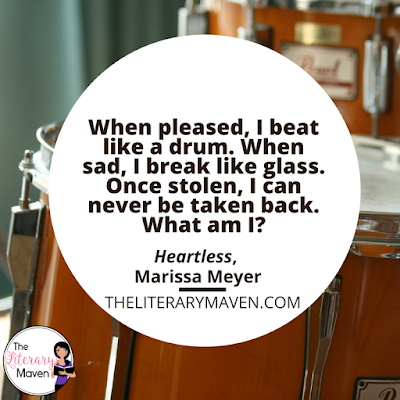Teachers' lives are busy. It is hard to maintain a healthy diet between getting up early and working on school work late at night. Lunch time is short and often interrupted. Here's a few manageable things that I do to make sure that I'm still eating, and eating healthy, during the craziness of the school year.
1. Make breakfast for the week.
During the weekend, I make baked oatmeal and divide it up into containers so I can just reheat and eat them each morning. I cut down on the brown sugar in
this recipe and then increased the other ingredients so it would last me all week.
2. Prep lunches for the week.
I'm not big on sandwiches so I buy large containers of yogurt and divvy them up into smaller containers. These
ones from Crate and Barrel are the perfect size for everything. I wash and cut any fruits or vegetables. Celery with peanut butter or vegetables with hummus or guacamole are healthy favorites of mine. I wash and bag bunches of grapes, and fruits like apples, oranges, and clementines can just be tossed into my lunch bag each day. By the end of the weekend, my fridge is full of ready-to-go options that just need to be put in my lunch bag.
3. Pack lunch the night before.
One of the first things I do when I get home from school is unpack the empty containers from that day's lunch and pack my lunch bag for the next day. As the night goes on, I know I'll be too tired to do it and I'm often in a rush in the morning. Taking care of it right when I get home ensures that it gets done and I don't forget anything.
4. Pack a lunch you can actually eat.
The contents of my lunch are all things that can be eaten with just one hand or better yet, on the go. I usually have a stack of grading that I am trying to put a dent in during lunch or need to run to the copier, the office, etc. Things like granola bars and cheese sticks are perfect snacks for those reasons. I definitely avoid anything messy or sticky that might end up on students' work.
5. Cook once, eat twice.
I try to make large enough dinners that I can cook one night and then eat it that night and the next. This cuts down on the amount of time I spend prepping, cooking, and cleaning up. It frees up a lot of time in the evening that can be spent with my family, taking care of other things around the house, or doing work for school. It also ensures that we aren't always ordering out.
Dishes with a rice or pasta as the base work well for the cook once, eat twice philosophy as do frittatas. I love this
One Pan, Two Plates: More Than 70 Complete Weeknight Meals for Two cookbook. It says it serves two, but for us it is really four servings, especially if I add a little more meat or vegetables than what's called for. Once it's cooked, I put half of it in a container for the next night and then serve the other half so that the portions are equal. There's also a vegetarian companion,
One Pan, Two Plates: Vegetarian Suppers: More than 70 Weeknight Meals for Two.
6. Have a repertoire of go to recipes.
I try out new recipes over the summer to get a feel for the timing of meals and acquire any special ingredients. I broke in
One Pan, Two Plates last summer to figure out what recipes we liked best and which ones were good, but took too long to make.
7. Have a well stocked pantry and freezer.
Stock up on the things you use often. This will make weekly grocery trips quicker; I usually just have to hit the produce, meat, and dairy aisles, which means I can avoid the aisles filled with unhealthy things I don't need. You'll also be much less likely to run out of something mid-cooking. Before school starts and over Christmas and spring breaks are great times to restock.
I also like to have some very low prep or no prep meals for those nights that I'm just too tired to think. Frozen pizzas and boxed macaroni and cheese are go tos in my house. I'll toss a salad to go with it and then dinner is served.
8. Go to the grocery store with an exact list of what you need.
Each week's breakfast and lunch needs are similar for me so those items go right on the list. The night before I'm going to the grocery store, I sit down and decide what we'll have for dinner that week and add any necessary ingredients to my grocery list. This makes the trip to the grocery store quicker and I won't forget anything.
9. Go to the grocery store when it's not crowded.
I like to grocery shop on the weekends, but the store is usually packed most of Saturday and Sunday. The times that work best for me are Friday afternoons right after leaving school, or early Saturday or Sunday morning. The store is usually not too crowded later at night, but by then the produce section is often picked over. Find out what time your grocery store opens and go then.
Note: The Literary Maven is a participant in the Amazon Services LLC Associates Program, an affiliate advertising program designed to provide a means for sites to earn advertising fees by advertising and linking to amazon.com.





















